5. John Cusack in The Paperboy
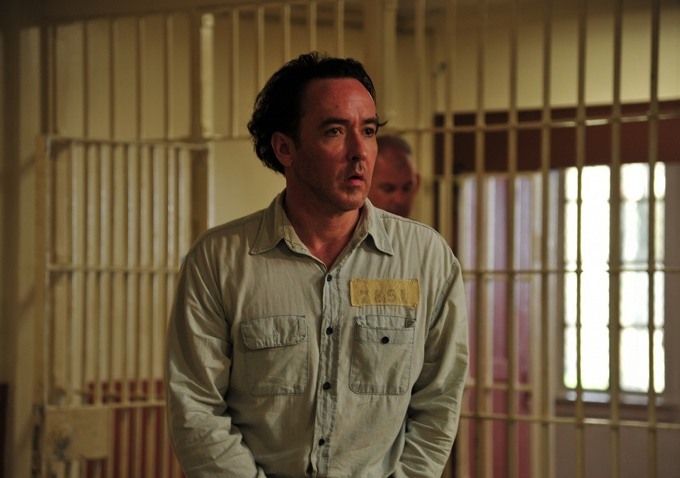
John Cusack is typically known for playing awkward but lovable guys vying for the affection of some out-of-reach girl. This has been the case in most of his more popular films (Better Off Dead, One Crazy Summer, Say Anything, Hi-Fidelity, just to name a few). Lee Daniel’s 2012 head-scratcher The Paperboy set out to change all that, with truly horrifying results.
Cusack plays a supposedly wrongfully-convicted man, who a justice-minded reporter and his kid brother are working to exonerate. Also in the mix is a Marilyn Monroe-esque bombshell (played by Nicole Kidman) who is betrothed to the inmate.
Cusack fails on virtually every level in his portrayal of this character. The film would have you believe that Cusack is so sexually dynamic that despite his legal issues he could enthrall a beautiful woman, which is a bit of a stretch.
Once the action ramps up, we are led to believe that he is a cold-blooded killer stalking the Florida swamps in search of interlopers. Cusack has neither the looks nor the acting ability to pull off what should have been a hyper-masculine and dangerous character. This movie is so beset with problems however Cusack’s lackluster performance is the least of its woes.
4. Albert Brooks in Drive
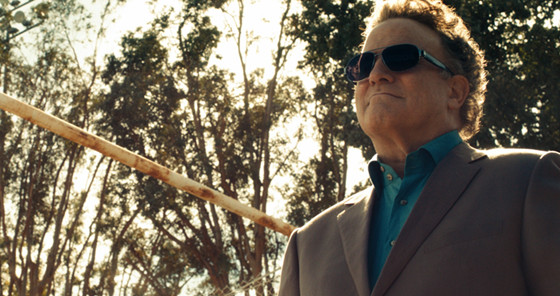
When you think of a threatening mob boss, Albert Brooks is probably the last face to cross your mind. This “silly man” (at least according to Travis Bickle) has made a career out of playing hilariously awkward characters that can’t seem to locate the testicular fortitude necessary to stand up for themselves (see Defending Your Life, Finding Nemo, Mother, and the criminally underrated The Scout). So to see him playing the heavy in Drive against a truly intimidating character like Ron Perlman seems like an unlikely choice.
However, this casting works for the precise reason that it shouldn’t. Brooks’ seemingly harmless demeanor makes those moments when he unleashes his wrath that much more disturbing.
The scene where he calmly and soothingly dispatches Shannon, the Driver’s mentor and only friend, is far more effective than if an obviously menacing actor occupied the role. Instead of brash threats and over-the-top violence we see a collected yet powerful man doling out justice in the way he sees fit (courtesy of his favorite razor blade).
3. Vince Vaughn in Psycho
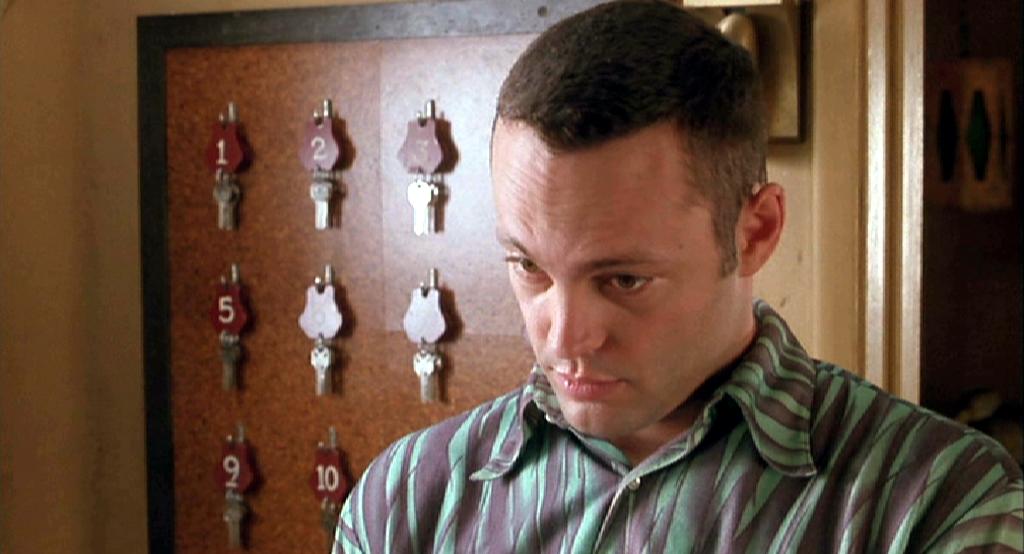
Who knew the world needed shot-for-shot remake of Psycho, the movie that created the slasher genre as it is known today. Gus Van Sant felt that this was just what the world needed, and he also felt that Vince Vaughn was the obvious choice for deranged mama’s boy Norman Bates.
While Vaughn was definitely a young actor of note in 1998, in no way was he suited for this role, which called for a (seemingly) meek and disturbed individual that couldn’t break free of his mother’s influence.
While virtually nothing worked in this regrettable film, Vaughn’s characterization (which entailed lots of devious smiles and ominous stares and facial mugging) was particularly egregious. Norman Bates is a character that is all about restraint, a trait that has never been within Vaughn’s decidedly limited range.
Van Sant’s best bet would have been to populate the movie with no-name actors that actually fit the roles. Instead he chose the best and brightest the late 90s had to offer (including Viggo Mortensen, who could star in a movie about bread baking and would still receive rave reviews).
2. Robin Williams in One Hour Photo
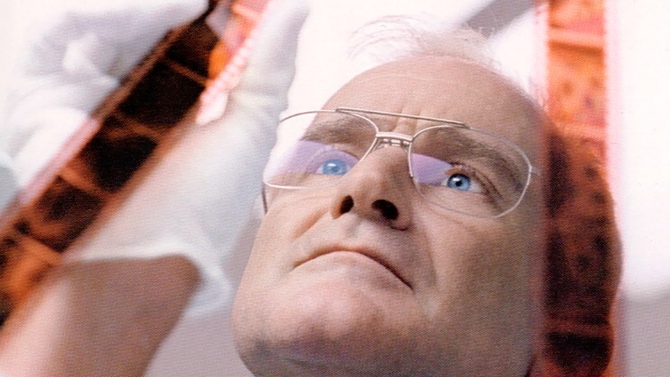
Much like Albert Brooks’ casting in Drive, placing comedy icon Robin Williams in the 2002 thriller One Hour Photo was quite a surprise. Despite his eclectic career, Williams was hardly ever considered the type of actor that could pull off disturbed killer with aplomb. The closest he’d ever come previously was vengefully biting an ear off a dog in The World According to Garp.
Again, this bit of stunt casting seemed to work, and even led to Williams’ inclusion in Christopher Nolan’s Insomnia, which was released the same year. While his career as a menacing killer was short-lived, this performance illustrated Williams was definitely more than just a manic comedian hell bent on making you laugh by any means necessary. He could tap into a real desperation and loneliness that may have even served as an undercurrent throughout his comedic career.
1. Heath Ledger in The Dark Knight
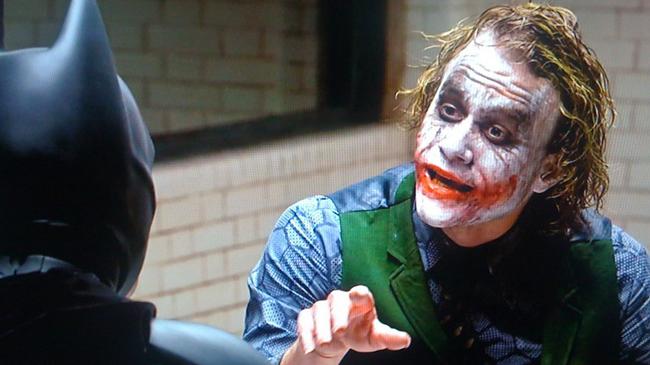
When it comes to casting controversy, the decision to cast Heath Ledger as perhaps the most iconic Batman villain remains at the top. Known mostly for lighter fare (A Knight’s Tale, 10 Things I Hate About You) and soppy indie roles (Brokeback Mountain, Monster’s Ball), Ledger seemed ill-suited to The Dark Knight, especially in light of Jack Nicholson’s bombastic performance in Tim Burton’s vision of Batman years earlier.
Much to everyone’s dismay, Ledger’s portrayal become the definitive Joker. In a world most terrified of active shooters and random acts of terrorism, Ledger’s Joker tapped into something crazed and anti-social; he was a villain that performed sinister acts not because he was wronged or for a cause but because he simply wanted to.
Along with his motivation, Ledger’s greasy demeanor and disturbing facial ticks (the constant saliva-slurping, for example) only add to the unease he creates. Ledger was posthumously awarded an Oscar for this role after he died just months before the film was released.
Author Bio: Eustacia Adams is a drinker with a writing problem. She has a degree in film theory and likes to annoy people with her meticulous knowledge of B-movie actors.